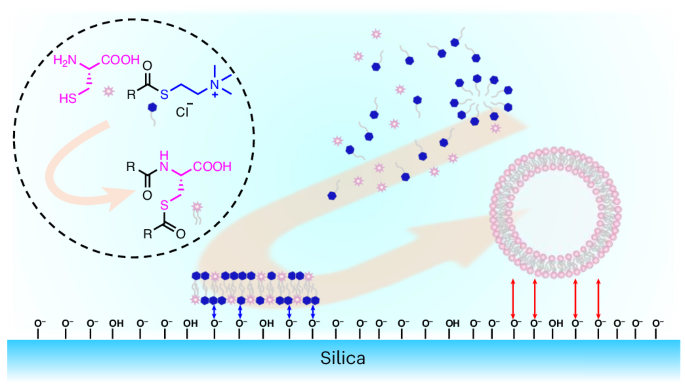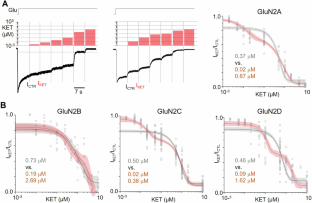2024-11-13 カリフォルニア大学サンディエゴ校(UCSD)
<関連情報>
- https://today.ucsd.edu/story/first-cell-membranes
- https://www.nature.com/articles/s41557-024-01666-y
システインと短鎖チオエステルとの自然反応による原始細胞 Protocells by spontaneous reaction of cysteine with short-chain thioesters
Christy J. Cho,Taeyang An,Yei-Chen Lai,Alberto Vázquez-Salazar,Alessandro Fracassi,Roberto J. Brea,Irene A. Chen & Neal K. Devaraj
Nature Chemistry Published:30 October 2024
DOI:https://doi.org/10.1038/s41557-024-01666-y

Abstract
All known forms of life are composed of cells, whose boundaries are defined by lipid membranes that separate and protect cell contents from the environment. It is unknown how the earliest forms of life were compartmentalized. Several models have suggested a role for single-chain lipids such as fatty acids, but the membranes formed are often unstable, particularly when made from shorter alkyl chains (≤C8) that were probably more prevalent on prebiotic Earth. Here we show that the amino acid cysteine can spontaneously react with two short-chain (C8) thioesters to form diacyl lipids, generating protocell-like membrane vesicles. The three-component reaction takes place rapidly in water using low concentrations of reactants. Silica can catalyse the formation of protocells through a simple electrostatic mechanism. Several simple aminothiols react to form diacyl lipids, including short peptides. The protocells formed are compatible with functional ribozymes, suggesting that coupling of multiple short-chain precursors may have provided membrane building blocks during the early evolution of cells.


